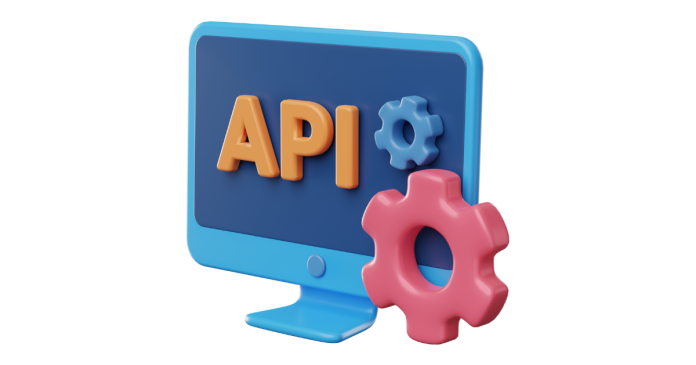An API (Application Programming Interface) is a set of rules, protocols, and tools that allow different software applications to communicate and interact with each other. APIs enable developers to use predefined functions to interact with a system, database, application, or service without knowing its internal workings.
Key Features of an API:
- Communication: APIs act as a bridge between two software systems, allowing them to exchange information.
- Abstraction: They simplify complex processes by exposing only the necessary parts of a system or functionality.
- Reusability: Developers can reuse APIs in multiple projects, saving time and effort.
- Security: APIs often include authentication and authorization mechanisms, ensuring controlled access.
Types of APIs:
- Web APIs: Enable communication over the web, typically using HTTP protocols (e.g., REST, SOAP, GraphQL).
- Example: Facebook API allows developers to integrate Facebook login into their apps.
- Operating System APIs: Allow interaction with operating system functions (e.g., file systems or hardware access).
- Example: Windows API for interacting with the Windows OS.
- Library APIs: Enable communication with specific libraries or software packages.
- Example: NumPy API in Python for numerical computing.
- Hardware APIs: Facilitate interaction between software and hardware.
- Example: Camera API on a smartphone allows apps to access the device’s camera.
How Does an API Work?
- Request: An application sends a request to the API in a specific format (e.g., JSON or XML).
- Processing: The API processes the request, interacts with the backend system, and retrieves the required data or performs the desired action.
- Response: The API sends a response back to the application, usually in a structured format.
Real-World Examples of APIs:
- Payment Gateways: APIs like PayPal or Stripe allow e-commerce websites to integrate secure payment processing.
- Weather Data: APIs like OpenWeatherMap provide real-time weather updates for apps.
- Social Media: APIs from platforms like Twitter or Instagram enable integration of social feeds or posting features into third-party applications.
Advantages of APIs:
- Efficiency: Simplify complex programming tasks.
- Scalability: Allow integration of new functionalities without changing the core system.
- Interoperability: Enable communication between different platforms, languages, or devices.
Conclusion:
APIs are essential in modern software development, enabling seamless communication and integration between systems. They power a wide range of applications, from mobile apps to web services, making them a cornerstone of the digital ecosystem.


